This article was medically reviewed by Jonas DeMuro, MD. Dr. DeMuro is a board certified Pediatric Critical Care Surgeon in New York. He received his MD from Stony Brook University School of Medicine in 1996. He completed his fellowship in Surgical Critical Care at North Shore-Long Island Jewish Health System and was a previous American College of Surgeons (ACS) Fellow.
There are 14 references cited in this article, which can be found at the bottom of the page.
wikiHow marks an article as reader-approved once it receives enough positive feedback. In this case, 92% of readers who voted found the article helpful, earning it our reader-approved status.
This article has been viewed 141,075 times.
Heatstroke is a severe condition that is caused by the body overheating. It is the most severe in a spectrum of three conditions brought on by heat. Heat exhaustion is less severe than heatstroke and heat cramps are the least severe of the three.[1] Heatstroke is usually the consequence of prolonged physical exertion that results in the body's temperature rising above 104°F (40°C).[2] Heatstroke requires emergency treatment. If left untreated it can cause severe damage to the brain, heart, kidneys, and muscles. The longer a person suffering from heatstroke is left untreated, the worse the damage to the body can be. If you encounter a person suffering from heatstroke or are experiencing heatstroke yourself, you need to call the paramedics immediately. While you wait for medical attention there are a number of steps you can take to ease the symptoms of heatstroke.[3]
Steps
Getting Help and Cooling the Patient's Body Temperature
-
1Call the emergency services immediately if the patient’s has a fever of 104 °F (40 °C) or higher. Even if the patient's temperature is slightly below the fever threshold, you should call an ambulance as body temperatures can range from 1 to 2°F or ½ to 1°C.[4]
- If the ambulance dispatcher chooses to stay on the line with you and walk you through the steps you should be taking to treat the heatstroke patient, follow those steps instead of the ones in this article.
-
2Move the person out of the sun and into the shade or an air conditioned room. An air conditioned room is ideal as this will help begin to cool the patient down immediately. Once in the shade or the air conditioning, remove any unnecessary clothing that the patient may be wearing.[5]
- If you do not have air conditioning, fan air over the patient. A notepad will work well.
- You might lay the patient in the back seat of a car with the air conditioner on high.
Advertisement -
3Cover the patient's body with a damp sheet or spray them with cool water. Find a sheet that is big enough to cover the person from their neck to their toes and wet it in the sink. Cover the patient with the wet sheet and fan them with a notebook. If you do not have a sheet, use a water bottle to spray the patient's body with cool water.[6]
- You can also apply water to the patient using a sopping wet sponge or cloth.
-
4Apply ice packs to the patient’s body if you have any available. Place the ice packs under the patient's armpits, and on the groin, neck, and back. These areas contain blood vessels that are very close to the skin. Applying ice to these areas can help the body cool down more quickly.[7]
- You can also use a bag of frozen vegetables if you don't have an ice pack handy.
-
5Assist the patient into a cold shower or tub of cold water. Have the patient sit in the shower and direct the cold water over them, as they may not be strong enough to stand. If you are outdoors and do not have a bathroom available, a lake, pond or stream or even cold water from a hose will help cool the patient as well.[8]
-
6Rehydrate the patient by giving fluids if possible. Sports drinks are ideal because they provide fluids as well as salt that the body will need to recover. If you do not have sports drinks you can make your own by adding 1/4 teaspoon of salt and a tablespoon of sugar for every quart of water.[9] Have the patient drink about half a cup of the drink every 15 minutes.[10]
- Make sure that the person does not drink too quickly. Tell them to drink it slowly.
- Do not pour liquids into a patient’s mouth if they don’t seem alert enough to swallow. You might cause them to choke, adding another layer of danger to an already critical situation.
- If you have neither sports drinks nor salted water, regular cool water will be fine.
- Don’t offer the patient energy drinks or soft drinks. Caffeine disrupts the body’s ability to regulate its temperature, so these drinks will only make the situation worse.
-
7Pay attention if the patient begins to shiver and slow down the cooling process. Shivering is the body's natural method of heating itself up, which would be counterproductive under these circumstances. In this case, shivering means that you're cooling the body too quickly, so ease off a little bit until the shivering subsides.[11]
Preparing for the Paramedics Arrival
-
1Take the patient's temperature to determine if he or she is suffering from heatstroke. The main symptom of heatstroke is a body temperature above 104°F (40°C). To take the patient's temperature with a thermometer, place the thermometer either in the patient's mouth or under the patient's arm. The thermometer should be held in place for approximately 40 seconds.[12]
- Normal body temperature is 98.6°F (37°C), but can range from 1 to 2°F or ½ to 1°C.[13]
-
2Look for other symptoms if you do not have a thermometer. There are a number of other symptoms that indicate heatstroke aside from a high temperature. These include flushed skin, rapid breathing, racing heart rate and headache. Patients may also be confused, agitated and slur their speech. Lastly the patient's skin will be moist to the touch if they have been doing physical activity or hot and dry to the touch if they have been in hot weather.[14]
- Talk to the patient to determine if they have a headache, slurred speech, confusion and or agitation.
- Place your hands on the patient's chest to determine if they have heavy breathing, rapid heart rate, and/or flush, warm or moist skin.
-
3Give the paramedics a full report when they arrive. Tell them exactly what you have done to administer first aid thus far, and give them a detailed list of the patient’s symptoms.
Preventing Heatstroke
-
1Drink plenty of fluids. If you will be outside on warm days and doing something that requires physical exertion, be sure to drink plenty of water and sports drinks to stay hydrated. This can help prevent heatstroke before it starts.[15]
- Try drinking a quart of water per hour.
-
2Do not over exert yourself and avoid the outdoors during the hottest times of the day. If you need to work outside, work in the early morning hours or the later afternoon hours. This is when temperatures are cooler, and cooler temperatures reduce the risk of heatstroke.[16]
- Everyone reacts to heat differently, but physical exertion should be avoided at temperatures over 90°F (32°C).
-
3Wear loose fitting, lightweight and light colored clothing. Excess, tight fitting clothing makes it difficult for the body to cool itself and increases the risk of heatstroke. Likewise, dark clothing will heat up the body and increase the risk of heatstroke. By dressing properly while you are active outdoors you can help prevent heatstroke before it starts.[17]
- You should also apply sunscreen to any exposed skin to help protect yourself from sunburn.
Warnings
- React quickly when you notice a person with heatstroke, as they may not be entirely aware of what is going on.⧼thumbs_response⧽
- Even if symptoms subside, that doesn't mean the patient is necessarily in the clear. Continue administering first aid until the paramedics arrive.⧼thumbs_response⧽
- Always seek professional medical attention if you suspect heatstroke. Don't try to treat it on your own.⧼thumbs_response⧽
- Heatstroke is often the result of heat exhaustion.[18] Use these treatments to cool the person down to a normal body temperature, and press that they should still be checked by a doctor.⧼thumbs_response⧽
References
- ↑ https://www.cdc.gov/niosh/topics/heatstress/heatrelillness.html
- ↑ https://www.nhs.uk/conditions/heat-exhaustion-heatstroke/
- ↑ https://familydoctor.org/condition/heat-exhaustion-heatstroke/
- ↑ https://my.clevelandclinic.org/health/diseases/21812-heatstroke
- ↑ https://www.cdc.gov/disasters/extremeheat/faq.html
- ↑ https://www.healthywa.wa.gov.au/Articles/F_I/First-aid-for-heat-stroke
- ↑ https://www.healthywa.wa.gov.au/Articles/F_I/First-aid-for-heat-stroke
- ↑ https://www.cdc.gov/disasters/extremeheat/faq.html
- ↑ https://www.princeton.edu/~oa/safety/heatill.shtml
- ↑ https://medlineplus.gov/ency/article/000056.htm
- ↑ https://www.ncbi.nlm.nih.gov/books/NBK459311/
- ↑ http://my.clevelandclinic.org/health/diseases_conditions/hic_Fever/hic_How_to_Take_Your_Temperature
- ↑ https://medlineplus.gov/ency/article/001982.htm
- ↑ https://www.nhs.uk/conditions/heat-exhaustion-heatstroke/
- ↑ https://www.cdc.gov/disasters/extremeheat/heattips.html
- ↑ https://www.ready.gov/heat
- ↑ https://www.cdc.gov/nceh/toolkits/extremeheat/default.html
- ↑ https://familydoctor.org/condition/heat-exhaustion-heatstroke/
About This Article
To treat heatstroke, first get the person out of the sun and take off any excess clothing so they’ll begin cooling down immediately. Then, get ice packs and put them under the person's armpits and on their neck, back, and groin. Alternatively, you can cover the person's body with a damp sheet or spray them from head to toe with cool water. You should also try to rehydrate the person by giving them sports drinks if you can or plain water if that’s all you have. For tips from our Medical reviewer on how best to prevent heatstroke, keep reading!
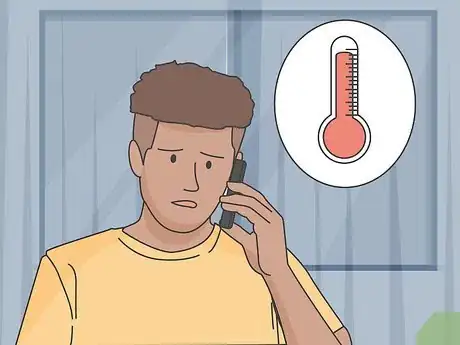
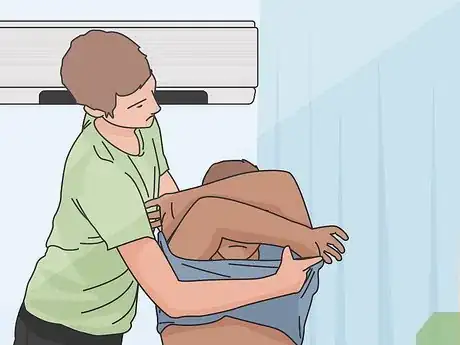

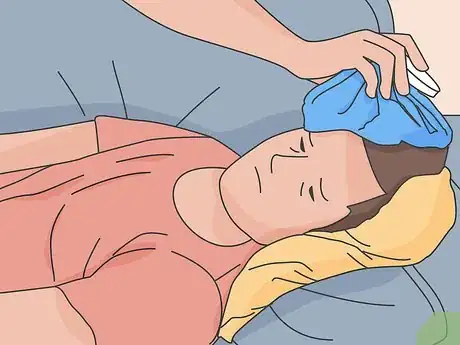
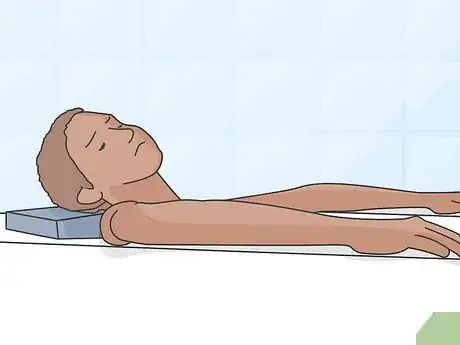
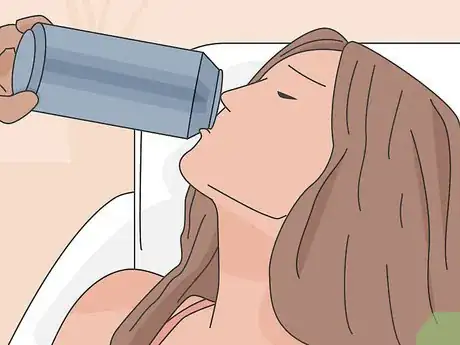





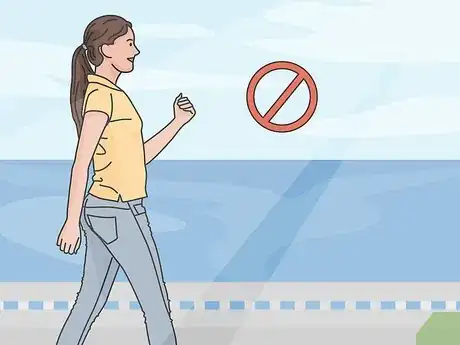










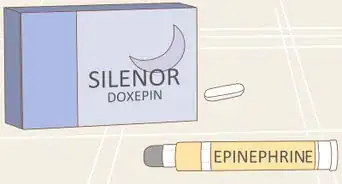














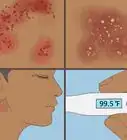




































Medical Disclaimer
The content of this article is not intended to be a substitute for professional medical advice, examination, diagnosis, or treatment. You should always contact your doctor or other qualified healthcare professional before starting, changing, or stopping any kind of health treatment.
Read More...